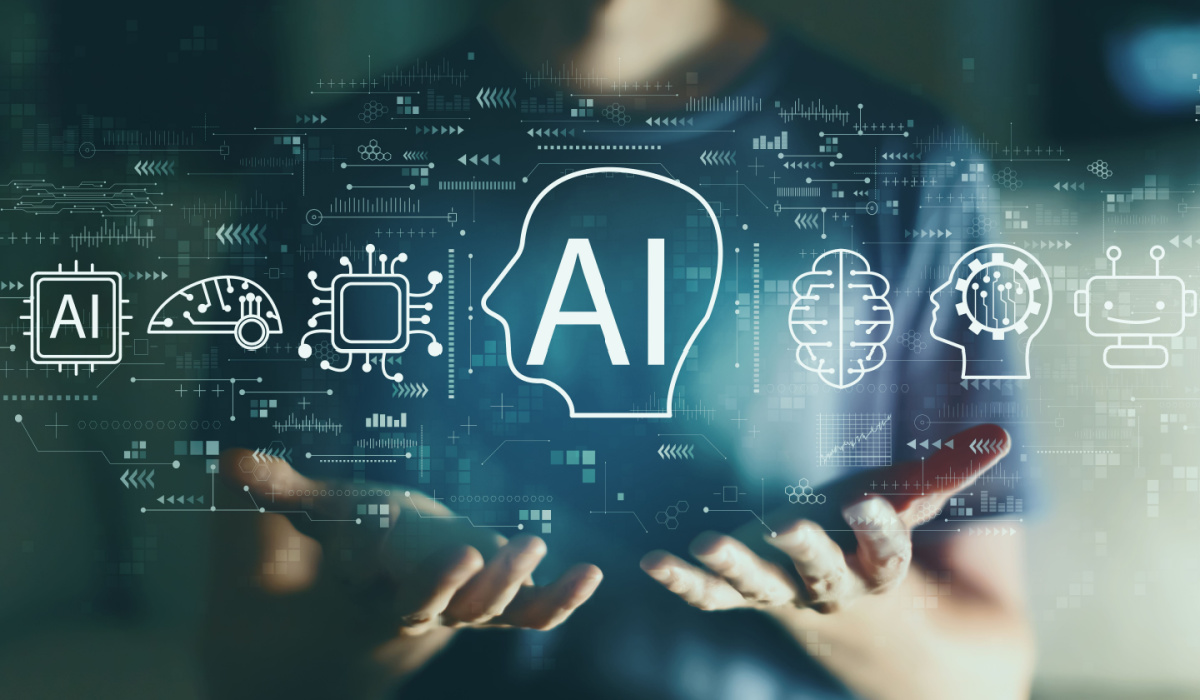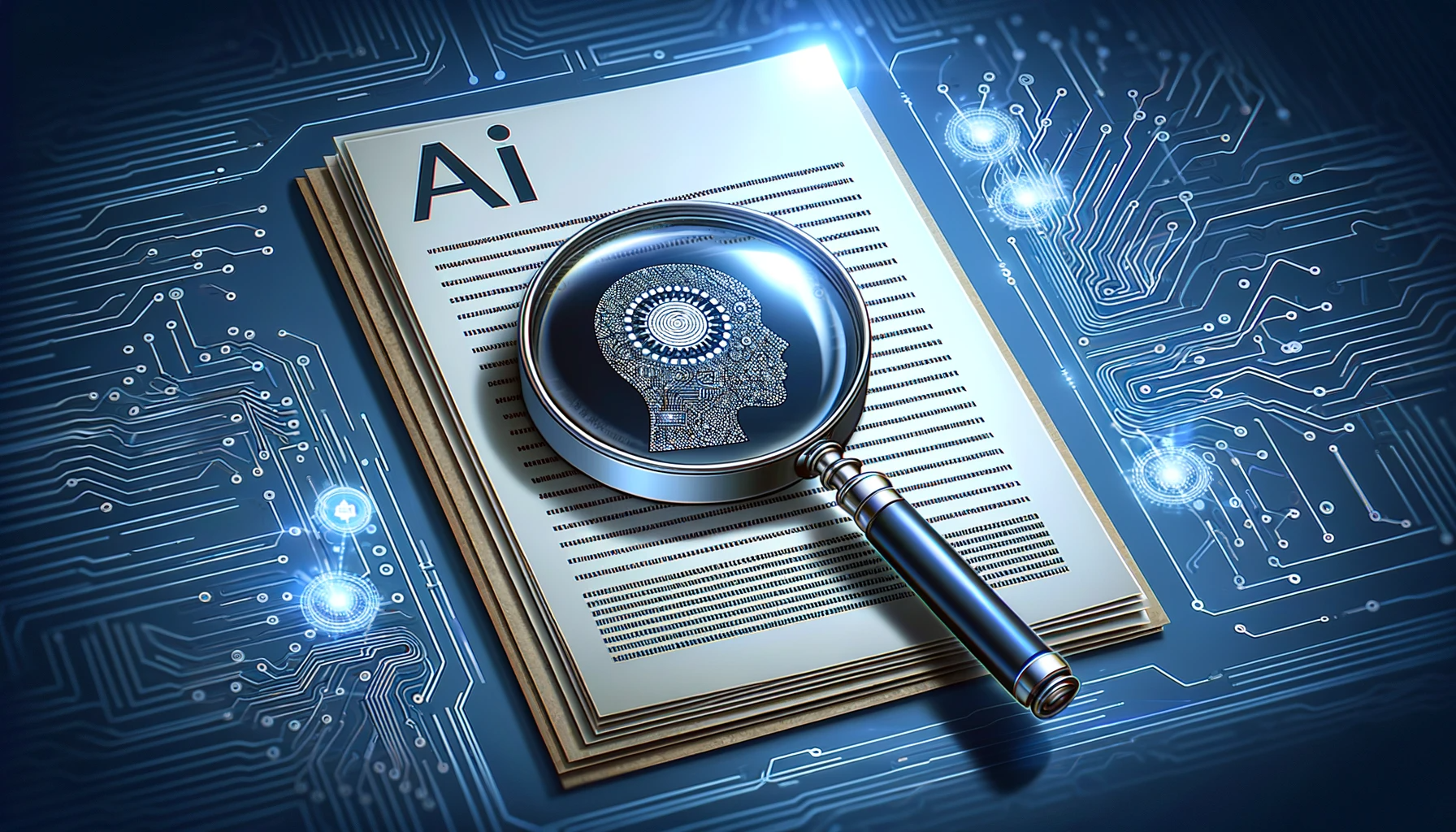
Imagine the shock when a prestigious writing award is bestowed upon a masterpiece, only to discover that the author is not a person but an advanced AI. This scenario highlights the growing capabilities of Generative AI, which can produce content nearly indistinguishable from human writing.
The rise of Generative AI has introduced a new realm of possibilities in content creation, yet it also poses significant challenges in maintaining authenticity. This has led to the emergence of AI detection methods designed to identify AI-generated content and ensure ethical use. As we delve into this topic, we ask: Are we witnessing an "arms race" between AI creators and AI detection technologies?
The Challenge of Authorship: Why is AI Detection Important?
With the advent of sophisticated AI capable of generating human-like content, several concerns have emerged. Misinformation and fake news campaigns can be fueled by AI-generated articles that appear credible. Plagiarism and copyright infringement become more difficult to track when AI can produce high-quality, unique content.
Additionally, the distinction between human and machine creativity blurs, raising questions about originality and ownership. AI detection plays a crucial role in maintaining the integrity of content, ensuring that AI-generated works are identified and ethically managed.
Under the Hood: Unveiling Common Detection Methods
AI detection relies on various advanced techniques to differentiate between human-generated and AI-generated content. These methods include:
1. Machine Learning Techniques:
- Supervised Learning: Models are trained on labeled datasets where AI-generated content is explicitly marked. The model learns to recognize patterns unique to AI-produced text.
- Unsupervised Learning: These techniques identify patterns in data without labeled examples, often revealing anomalies that suggest AI involvement.
- Neural Networks: Deep learning models can detect subtle differences between human and AI-generated content, leveraging vast amounts of data to improve accuracy.
2. Natural Language Processing (NLP):
- Text Analysis: Examining language patterns, grammar, and syntax can reveal stylistic and structural features typical of AI-generated text.
- Semantic Analysis: Understanding the meaning and context of the text helps identify content that lacks deep contextual understanding or contains inconsistent context.
3. Statistical Analysis:
- Identifying statistical anomalies in word frequency, sentence structure, and other linguistic features can highlight deviations from human writing patterns.
4. Stylometric Analysis:
- Analyzing the "writing style," including vocabulary richness, sentence length, and punctuation usage, can detect inconsistencies indicative of AI generation.
5. Text Classification:
- Training AI models on datasets of human-written and AI-generated content enables the identification and classification of new content based on established patterns.
Beyond the Text: Exploring Multimodal Detection
While text-based detection methods are vital, they have limitations. Emerging techniques aim to detect AI-generated content in other formats:
Image and Video Analysis:
- Identifying inconsistencies in lighting, object placement, and movement patterns can suggest AI manipulation.
Audio Detection:
- Analyzing voice patterns and identifying subtle inconsistencies can indicate AI-generated speech.
The Evolving Arms Race: Can Detection Keep Up?
As AI creators continually enhance their models to evade detection, the "AI vs. AI detection arms race" intensifies. AI developers employ strategies such as training models on diverse datasets to mask distinctive signs and using "adversarial training" to outsmart detection tools. This ongoing battle presents significant challenges for AI detection companies, which must constantly refine their algorithms and adapt to these advancements.
The Human Factor: Can Humans Spot AI-Generated Content?
Despite advancements in AI detection, human expertise remains indispensable. Automated tools alone cannot always catch AI-generated content, especially as AI becomes more sophisticated. Crowdsourcing platforms, where humans can contribute their intuition and critical thinking skills, offer a valuable supplement to automated detection efforts. Human judgment provides an essential layer of scrutiny, enhancing the overall effectiveness of AI detection.
The Future of AI Detection: Collaboration and Transparency
Looking ahead, collaboration between AI creators and detection companies is vital to ensure responsible development and ethical use of AI. Transparency in AI-generated content is crucial, with clear labeling and disclosure standards helping to maintain trust. By fostering an environment of cooperation and openness, we can navigate the challenges of AI detection and leverage its benefits for society.
Conclusion
The rapid evolution of Generative AI and the corresponding advancements in AI detection highlight a dynamic and ongoing battle for authenticity in content creation. As both sides of this arms race continue to innovate, the importance of responsible AI development, transparency, and collaboration cannot be overstated. By promoting these values, we can ensure that AI detection fosters trust and benefits society, paving the way for a future where AI-generated content is ethically managed and appropriately utilized.



